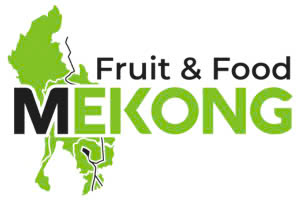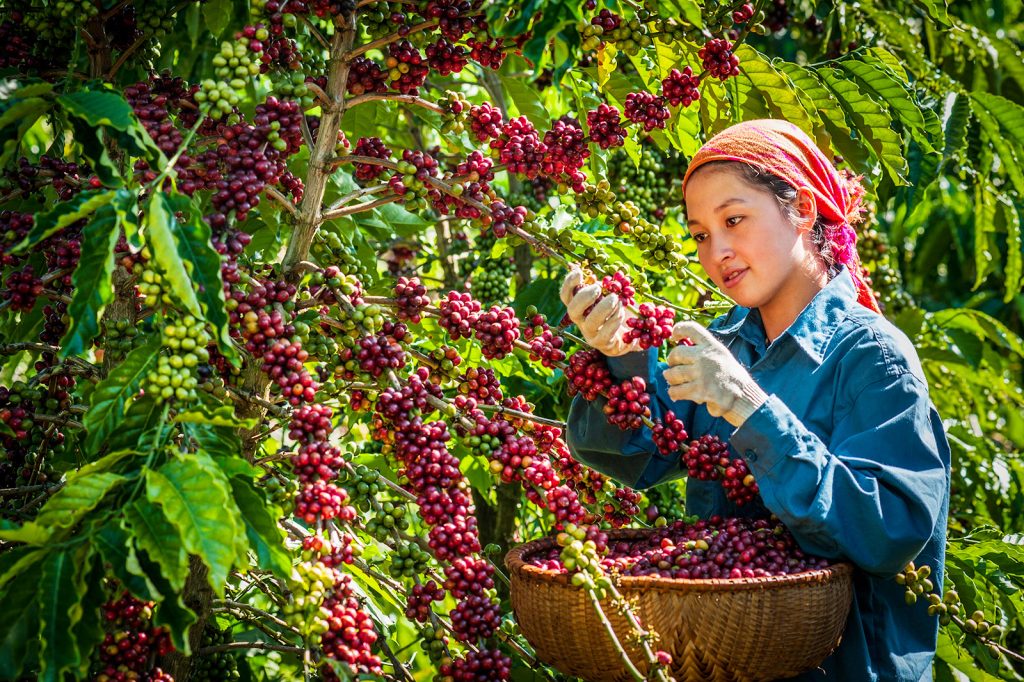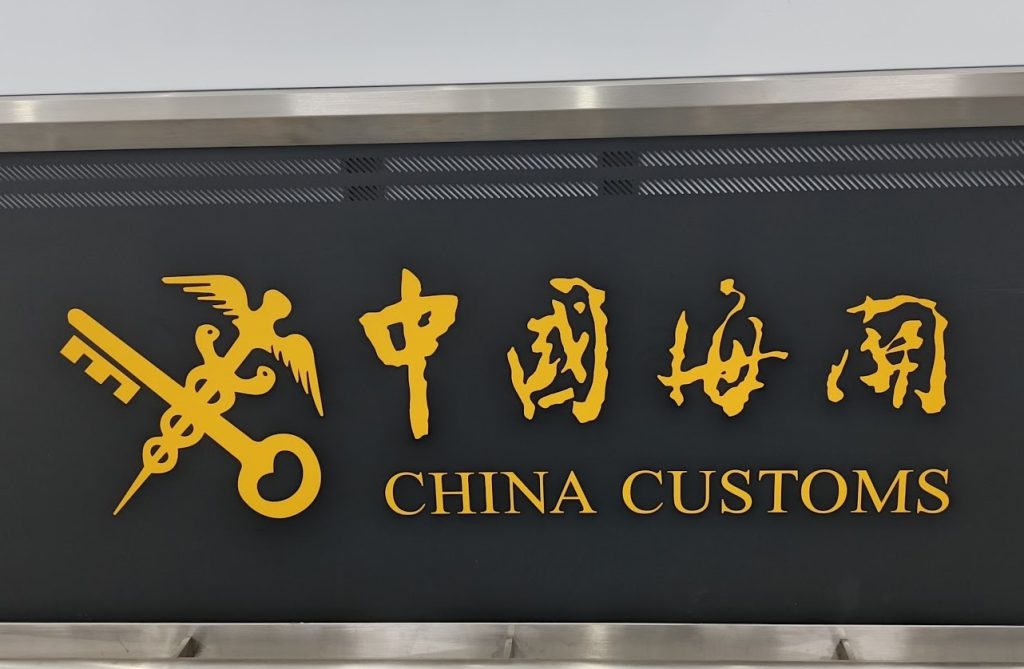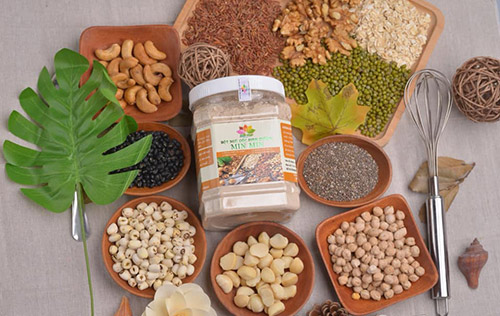Exporting Vietnamese agricultural products to EU Market through C/OForm EU.R1
To enjoy tariff preferences from the EVFTA, Vietnamese agricultural products must meet the regulations on rules of origin of goods under this Agreement and be granted a Certificate of Origin (C/O) form EUR.1 under the EVFTA.
Currently, the Ministry of Industry and Trade has authorized 20 agencies and organizations (including 19 regional Import-Export Management Departments nationwide and the Department of Industry and Trade of Hai Phong City) to grant C/O form EUR.1 under the EVFTA. The EU has a protection policy for agricultural products, so the main criterion of origin applied to agricultural products under the EVFTA is pure origin. Vietnamese agricultural products with pure origin (Wholly Obtained – WO) under the EVFTA are goods that are grown, born and raised, harvested or collected or obtained from slaughtering animals, hunting in Vietnam. This is also a common criterion of origin for agricultural products in the FTAs that Vietnam is participating in. In addition to the pure origin criteria, agricultural products are also considered to have origin when meeting the specific commodity criteria in the list of Specific Product Rules. However, the EVFTA has regulations limiting the use of certain non-originating ingredients such as sugar, eggs, milk and dairy products or certain cereals because the EU has a protection policy for these items.
Specific origin criteria for certain agricultural products in EVFTA Rice The EVFTA Agreement stipulates that rice products must have pure origin to be considered to have origin under the EVFTA. Thus, rice grown and harvested in Vietnam is considered to have pure origin and meets the criteria for origin of goods under the EVFTA. In the case of rice grown in an EU country, then imported to Vietnam to be milled into rice and exported back to the EU, the rice is still considered to have origin under the EVFTA but is not pure origin. In this case, the principle of cumulation of origin has been applied and rice originating in the EU is considered to originate in Vietnam. In another case, rice is grown in Cambodia and then imported to Vietnam to be milled into rice and exported to the EU, then the rice does not meet the rules of origin under EVFTA because it is not purely originating in Vietnam
1/ Tea and Coffee : For tea, coffee and tea and coffee products, the EVFTA allows the use of non-originating raw materials with different HS codes at the 4-digit level (Group) compared to the final product, or the so-called criteria for converting commodity codes at the Group level. For coffee products, the EVFTA limits the use of non-originating raw materials such as butter, milk, and eggs to 20%, non-originating sugar to 40%, or a combination of no more than 50% compared to the weight of the final product.
2/ Pepper: Unground or unground pepper, ground or crushed pepper has the origin criterion under the EVFTA Agreement is to use non-originating materials from a different HS code at the 4-digit level (Group) compared to the final product. However, unground or unground pepper and ground or crushed pepper are all under the same HS code at the 4-digit level (HS 0904), so it is not possible to use materials from other Groups for production. Therefore, the origin criterion for pepper under the EVFTA Agreement is essentially a pure origin criterion. In the case of importing pure origin pepper from an EU member country to Vietnam and then grinding or crushing it, the final product is still considered to have origin because the cumulative principle is applied.
3/ Cashew nuts : For shelled or unshelled cashew nuts, the origin criterion under the EVFTA Agreement is pure origin, at the same time, the weight of non-originating sugar used does not exceed 20% of the product weight. In addition, the EVFTA stipulates that the shelling stage is a simple processing stage and will not be taken into account when considering the origin of the product. Thus, in the case of importing unshelled cashew nuts from Cambodia to Vietnam and then peeling and exporting them to the EU, the shelled cashew nuts will not be considered to have origin under the EVFTA. Cashew nuts, whether shelled or unshelled, must have pure origin in Vietnam to be considered to meet the origin criteria under the EVFTA. For processed cashew nuts, the EVFTA allows the use of cashew nuts that do not originate outside the EU and Vietnam, provided that the non-originating sugar used in the production process does not exceed 20% of the product’s weight.
4/ Cassava and cassava products : For cassava and cassava starch, the origin criterion applied under the EVFTA is pure origin. Thus, in the case of Vietnamese enterprises exporting cassava starch to the EU, the raw materials used in the production process must be cassava with pure origin in Vietnam for the cassava starch product to be considered as originating under the EVFTA Agreement.
5/ Rubber and rubber products : For rubber and rubber products, the EVFTA Agreement allows the choice of applying one of two origin criteria. First, the Agreement allows the use of non-originating raw materials from a different HS code at the 4-digit level (Group) compared to the final product for production. Second, non-originating raw materials used in the production process have a value not exceeding 70% of the export price
- Vietnam’s agricultural exports aim for 70 billion USD by 2025
- Vietnamese durian faces difficulties in exporting to the Chinese market!
- Easy Homemade Folk Cough Remedies?
- Does eating cereal help you lose weight effectively?
- ISSUED DECREE 280 OF THE GENERAL ADMINISTRATION OF CHINA CUSTOMS TAKES EFFECT ON JUNE 1, 2026
Bài viết cùng chủ đề:
-
ISSUED DECREE 280 OF THE GENERAL ADMINISTRATION OF CHINA CUSTOMS TAKES EFFECT ON JUNE 1, 2026
-
Vietnamese durian faces difficulties in exporting to the Chinese market!
-
Vietnam’s agricultural exports aim for 70 billion USD by 2025
-
The effects of nutritional cereals on humans !
-
Easy Homemade Folk Cough Remedies?
-
Does eating cereal help you lose weight effectively?







